VJ80-2025: Sapper Francis John Jane, POW
to Expand
Sapper Jane was transferred to Malaya in 1937. From June 1941 until Feb 1942, he worked in the underground HQ within Fort Canning Hill, Jurong Island, Singapore "running and maintaining Engine Rooms supplying power to Coast Defence Batteries; [he was] sober trustworthy; relied upon to carry out any job without supervision". His unit, however, found itself under attack from the Japanese who forced them into the port Singapore, where he was one of the 85,000 captured after the official surrender on 15 February 1942. On that day, he had emerged from the underground HQ to find that the surrender had taken place. In his post-war official questionnaire, he documented an attempted escape by himself and four other Sappers from Fort Canning; on 15/02/1942 "went to Singapore docks to get a boat but could get none in running order. Returned to Ft Canning early next morning". He was at that time "physically fit".
After his capture, he was first held until March 1943, like thousands of others, at Changi Prison.[1] The Japanese used the POW's at Changi for forced labour. Work parties were organised, and food & medicine became scarce. Only the men who worked received food, and the rations were poor with polished rice[7] being the main item on the menu. The Japanese had not planned for such a problem, and it was not until March 1943 that he was transferred to the Black Triangle Camp Kanchanaburi[2] where he was involved until September 1943 in the construction of a hospital camp with Asian labourers. During that time, he sent a first postcard to his parents which was received on Christmas Day 1943! The enterprising family enlisted the help online from specialists who identified this camp and its name.
A Japanese Prisoner of War Survivor
to Expand
Matters turned extremely serious when he was assigned to ‘H Force’ to build the Thailand to Burma Railway. He was based at Sime Road from September 1943 until May 1944. At this time, it was used as a temporary camp for POWs who worked on the "Death Railway". The Japanese had failed to capture their prize of India by sea, so they needed the railway to speed troops to the Indian border by train. This was a tropical mountainous area which caused great losses of POWS; the need for speed making the captors even more cruel. More than 90,000 civilians and around 12,000 Allied soldiers died building it. It was finished by December 1943 by “speedo” methods. Ironically it was mainly used for assisting the escape of defeated Japanese troops in 1944-1945.[3]
After surviving that brutal experience, he was returned to Changi from May 1944 to April 1945 for the construction of the current airfield in Changi Air Base as forced labourers, building two roughly-paved landing strips between 1943 and 1944. From April to September 1945, it was back to the Krangi Work Camp.[4]
Sapper Jane did not talk much about his experiences, but he did recall the torture of the sun when at daily roll call “treatment by beating ankle with bamboo rods was a favourite” but there was a “18 inch diameter cage suspended from tree in the sun – some died or took weeks to recover”.to Expand
Francis J. Jane was born near St. Austell in Cornwall on 26 August 1916. His school report of 1928 testified that he was “considerably above average in his class in 6 subjects - respectable and sensible”. In Oct 1938 the Army reported a ‘1st Class Cert of Education in 4 subjects”.
Like many boys of his age, in 1934 he decided to join the army, in his case the Royal Engineers, and in1936 he served in Egypt, protecting the English owned Suez canal, but when the government did not want English soldiers, he was transferred to Palestine (which became Israel in 1948).
to Expand
Frank married Faith Nicholls in 1947 and had three daughters and a son. He was advised to undertake "easy outdoor work" and in 1948 his GP felt that his health had improved sufficiently for him to undertake the job of AA Patrolman. His history was known to the AA – his military bearing would have been a recommendation. However, as his duties included standing outside an AA Box on the moors in all winds and weathers saluting passing AA members his family questioned how this was deemed to be "easy outdoor work!"[9]
He talked little about the war but did say the “guards were brutal and enjoyed cruelty”. Faith told her children about the night when, in the early hours, a pig started squealing. Frank was deeply upset, covering his ears with his hands - the noise reminded him of men being tortured.
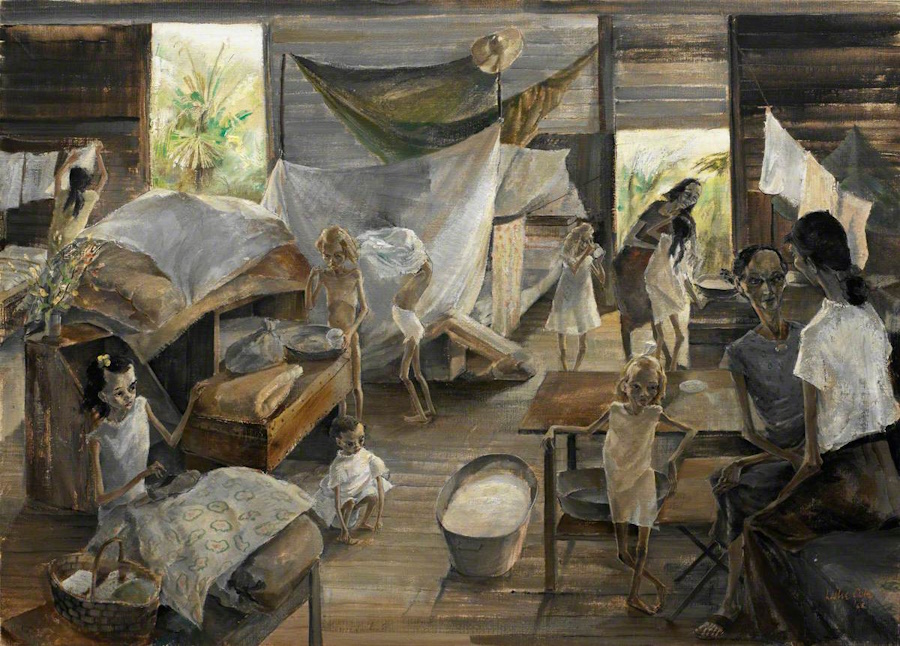
to Expand
As a POW he was so thin, that on one occasion he sat down and then got up to check what he was sitting on, and found it was his own bones he could feel. At one point, the daily ration was half a cup of rice and half a cup of milk and, after the war as with most POWs, he never ate rice again.
Faith told her children about the two occasions when ex-POWs visited to see Frank. One day a man visited his home and said he had come to “see the grave of Francis Jane”. Faith explained that he was not dead, the little girl she was carrying in her arms was his daughter, and he was currently in hospital. The man left right away, saying he was going straight to see him - as “he would not have survived as a POW if it had not been for Frank”.
to Expand
On another occasion two people arrived: a man and his wife. The man explained that they were living abroad and had travelled all the way to Cornwall. He said he felt he had to see Frank again before he went blind, as they were POWs together and “he owed Frank his life”.
Frank never explained to his family exactly who they were, or why they felt as they did. When one of his daughters asked about his POW experiences, he advised her to read his copy of Russell Braddon’s The Naked island”. She has had the book in her possession since his death.[10]What is most impressive, for a product of a Cornish Elementary education, which ended at 14, and his suffering as a POW, he became a member of MENSA, the world’s largest, oldest and most famous high IQ society.[11] And In 1981 he earned a certificate as a Radio Amateur [“Ham”].
In 1988 the Dept of Health and Social Security decided "to continue the present assessment" of his disability and confirmed that his war pension was based on an interim assessment of the degree of disablement of "50% disability due to dysentery, malnutrition and privation with associated gastric symptoms, helminthiasis, dengue fever, nerve injury and noise induced deafness." Having suffered from his brutal imprisonment and “easy” work afterwards on Bodmin Moor, he died in July that year aged 72.
References
- He told his daughters that he was imprisoned, along with thousands of others, with Ronald Searle, the cartoonist known for St. Trinian's, was a British POW in a Japanese camp during World War II. He documented the brutal conditions of the Siam-Burma Railway and Changi prison camp in sketches, even hiding them to avoid confiscation. These drawings, created on scraps of paper and book flyleaves, became a record of the prisoners' suffering and the guards' cruelty. [Google]
- Polished rice had less nutrients than unpolished rice, due to it having its bran and germ removed. [Wikipedia]
- Guards wore this badge as to denote fighting troops
- J Dixon research
- Wikipedia; the dates may be inaccurate precisely.
- Official term for discharge from active service - but to be recalled from the reserves in case of future war.
- When the film Bridge over the River Kwai was released in 1957, the English were appalled by the treatment of the POWS, but the Japanese were upset because they viewed as a slight on their ability as engineers. They supervised the work of the POWs, but the brutal treatment was inflicted mainly by Korean Guards, whose country has been controlled by Japan since 1910. [J Dixon] Sapper Jane told his daughters that he was not impressed by the film’s accuracy mainly because of its US bias
- Anecdotes by daughters; It was meeting Penelope and her husband, ex-naval veteran, David Dron at the Cross during “VE-80” that inspired this research and was aided by her sister Nicky.
- I recall that my parents had this book in their library but, unfortunately, I never read it. Perhaps now is the time that I should. [J Dixon, born in 1946}
- Mensa International is the largest and oldest high-IQ society in the world. It is a non-profit organization open to people who score at the 98th percentile, or higher, on a standardised, supervised IQ or other approved intelligence test. Hi daughter remember him applying during their childhood - and after his imprisonment.
- https://www.gov.uk/guidance/medals-campaigns-descriptions-and-eligibility
- A copy of a letter from the Ministry of Defence dated 11 January 2016 in response to our asking them to confirm what medals he had received. Our request was made though the official channels by my father’s oldest child, Hilary, by his official Next of Kin. The letter states that the following awards were issued on 19 November 1948: 1939-45 Star; Pacific Star; Defence Medal, War Medal 1939/45; General Service Medal 1939-1945 - Palestine.
- Acts of Sabotage: “whilst at Kanchanaburi – almost all there contrived whilst handling fuel to spill and to ruin it with water/sand etc”
- Courageous Acts observed: “Capt. Yates of Changi Drome risked beatings many times by helping us, and a Dutchman at Kanchanaburi took blame for sugar stealing to shield an older man“.
It was concluded that his “life was saved because he was needed by Japanese as an engineer”.[6]
After his release, he was treated in a military hospital in Nottingham as he was suffering from dysentery, malnutrition and privation, with associated gastric symptoms, internal parasites, dengue fever, injury to his left ulnar nerve and noise induced deafness. Following treatment, he was assessed as being 50% disabled and suffered from poor health for the rest of his life. Amongst other issues, he suffered from occasional severe pain in his feet, and research by his family indicates that this may well have been due to nerve damage arising from malnutrition and resultant vitamin deficiency.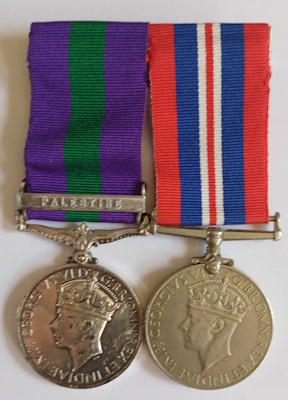
possession with a Palestine Clasp
There remains trying to understand which medals we was awarded as it was not straightforward to such POWs.
While the GOV.UK website lists several medals awarded during WWII, it doesn't explicitly mention a specific medal awarded to British POWs of Japan.[10]. Additionally, a British Prisoners of War Fund Medal was created to honour all prisoners and captives, including those held by the Japanese.
This is a more detailed look at how British POWs of Japan were recognized:
- General Service Medal: This medal was awarded to individuals serving in various theatres of war, including the Far East, and could have a clasp indicating service in the Pacific theatre.
- 1939-45 Star and Pacific Star: These campaign stars were part of the general medal system and were awarded for service in various theatres, including the Pacific, where many British POWs of Japan were held.
- WWII War Medal: This medal was awarded to all full-time members of the armed forces, regardless of their specific service location, including those who were POWs.
- Prisoner of War Medal: Although not specifically for POWs of Japan, a retrospective Prisoner of War Medal was commissioned to recognize the sacrifice of all Allied POWs, including those held by the Japanese.
- British Prisoners of War Fund Medal: This medal was specifically designed to honour all prisoners and captives, including those held by the Japanese, and was not a campaign medal. [13]
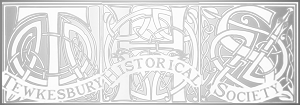
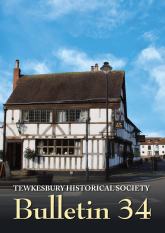
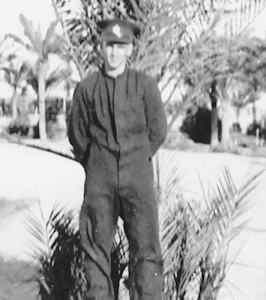
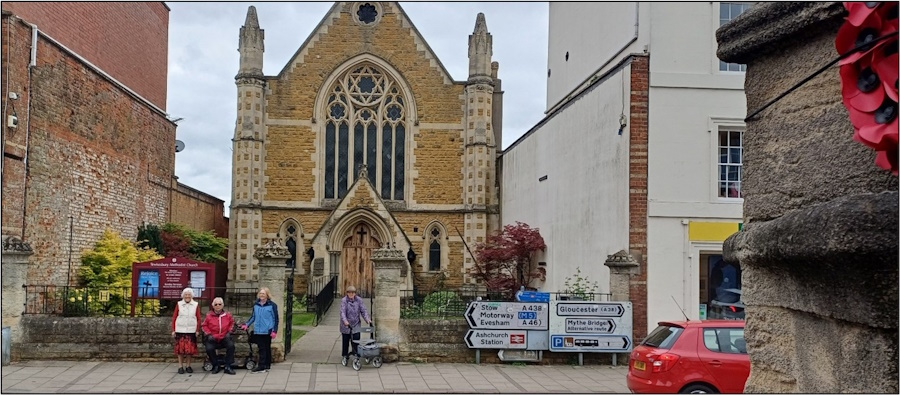
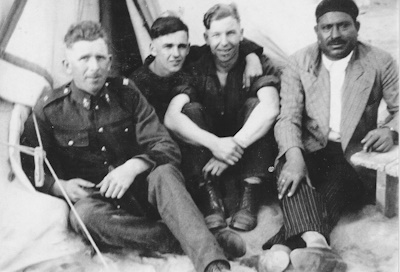
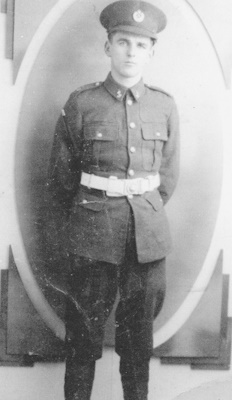
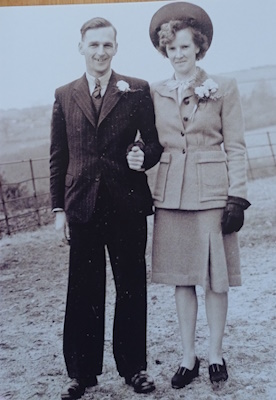
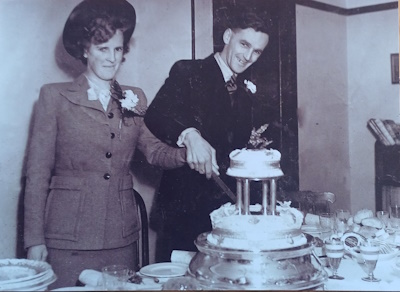
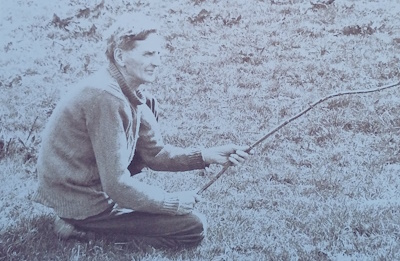
Comments